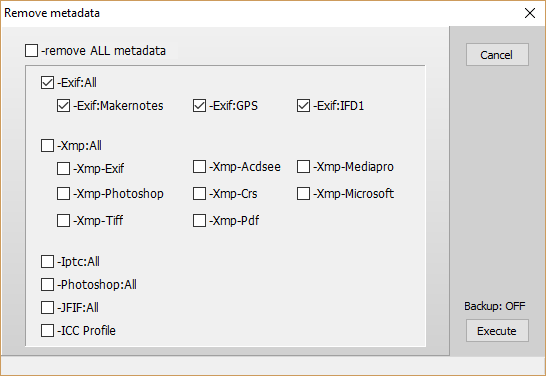

Metadata cleanup: select operation targetĠ - CN=Default-First-Site-Name,CN=Sites,CN=Configuration,DC=Eas圓65Manager,DC=localġ - CN=DataCenter,CN=Sites,CN=Configuration,DC=Eas圓65Manager,DC=local To see some sample commands let’s try to remove metadata for the obsolete domain controller, “E365M-DC01”.ĭepending on your setup the complete output from the above commands may look like this:Ĭ:\Windows\system32\ntdsutil.exe: metadata cleanup Make sure you don’t bring it online again. The obsolete domain controller is now removed from both the domain and the configuration partition of your Active Directory. Verify your request to complete the cleanup Request metadata cleanup of the selected server by typing “remove selected server”ĩ. Exit the operation target selection context by typing “quit”Ĩ. List your AD domain controllers and select your target domain controllerħ. List your AD sites and select your target siteĦ. List your your domains and select your target domainĥ. Switch to the operation target selection context by typing “select operation target”Ĥ. Switch to the metadata cleanup context by typing “metadata cleanup”ģ. Enter the Ntdsutil interactive session by typing “ntdsutil”Ģ. Perform the following steps to clean up domain controller metadata from your domainġ. Notice the last two lines in group membership in the above output! This indicates membership of the Enterprise Admins group and credential elevation. Mandatory Label\High Mandatory Level Label S-1-16-12288

NT AUTHORITY\This Organization Well-known group S-1-5-15 Mandatory group, Enabled by default, Enabled group NT AUTHORITY\Authenticated Users Well-known group S-1-5-11 Mandatory group, Enabled by default, Enabled group

NT AUTHORITY\INTERACTIVE Well-known group S-1-5-4 Mandatory group, Enabled by default, Enabled group NT AUTHORITY\REMOTE INTERACTIVE LOGON Well-known group S-1-5-14 Mandatory group, Enabled by default, Enabled group The good news is you can delete that data before you share any file.E365M\mskadm S-1-5-21-3247909092-157580105-2477339510-1480Įveryone Well-known group S-1-1-0 Mandatory group, Enabled by default, Enabled groupīUILTIN\Users Alias S-1-5-32-545 Mandatory group, Enabled by default, Enabled groupīUILTIN\Pre-Windows 2000 Compatible Access Alias S-1-5-32-554 Mandatory group, Enabled by default, Enabled groupīUILTIN\Administrators Alias S-1-5-32-544 Mandatory group, Enabled by default, Enabled group, Group owner If sharing that potentially personal information makes you feel queasy, you’re not alone.
#Mkvtools remove metadata iso
(You can opt out of these settings, though.) When you use a digital camera, this bundle of information will also include technical data like ISO speed or the aperture settings you used when you took the photo. When you use a phone or tablet to capture photos or video, it will (by default) embed information like the make and model of the device that generated the file, along with the exact GPS location where it was created. It gets even trickier with images, as these files use a standard called exchangeable image format, or EXIF. This is everything related to a file that’s not the content itself-format, what program it came from, its creation date, and sometimes even the name of its author. But even though you’re being careful, it may not be enough.Įverything you upload to the internet has metadata attached to it.

When it comes to guarding your privacy online, your first instinct might be to protect your content-by being careful what you write and choosy about what’s in the images you post.


 0 kommentar(er)
0 kommentar(er)
